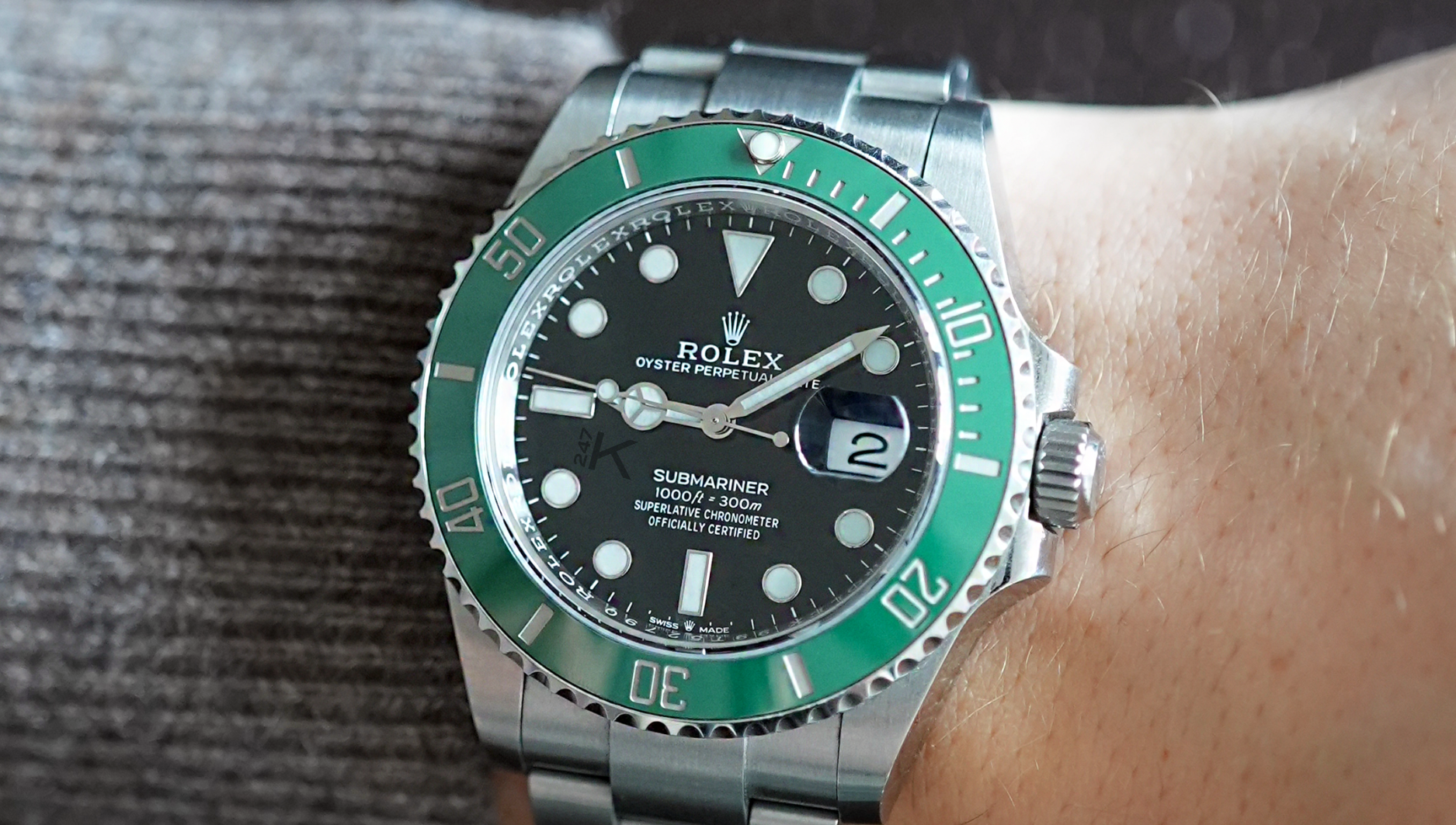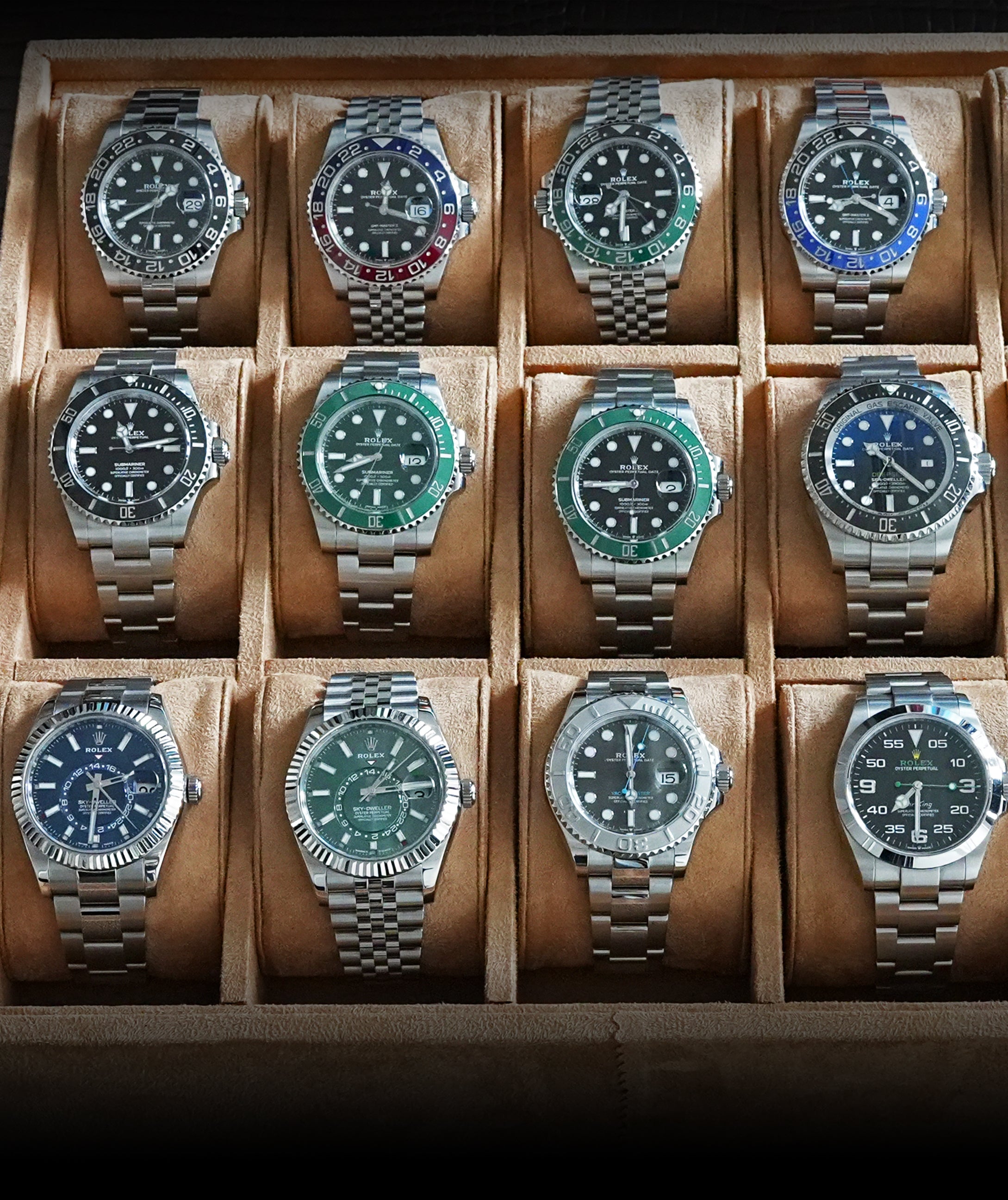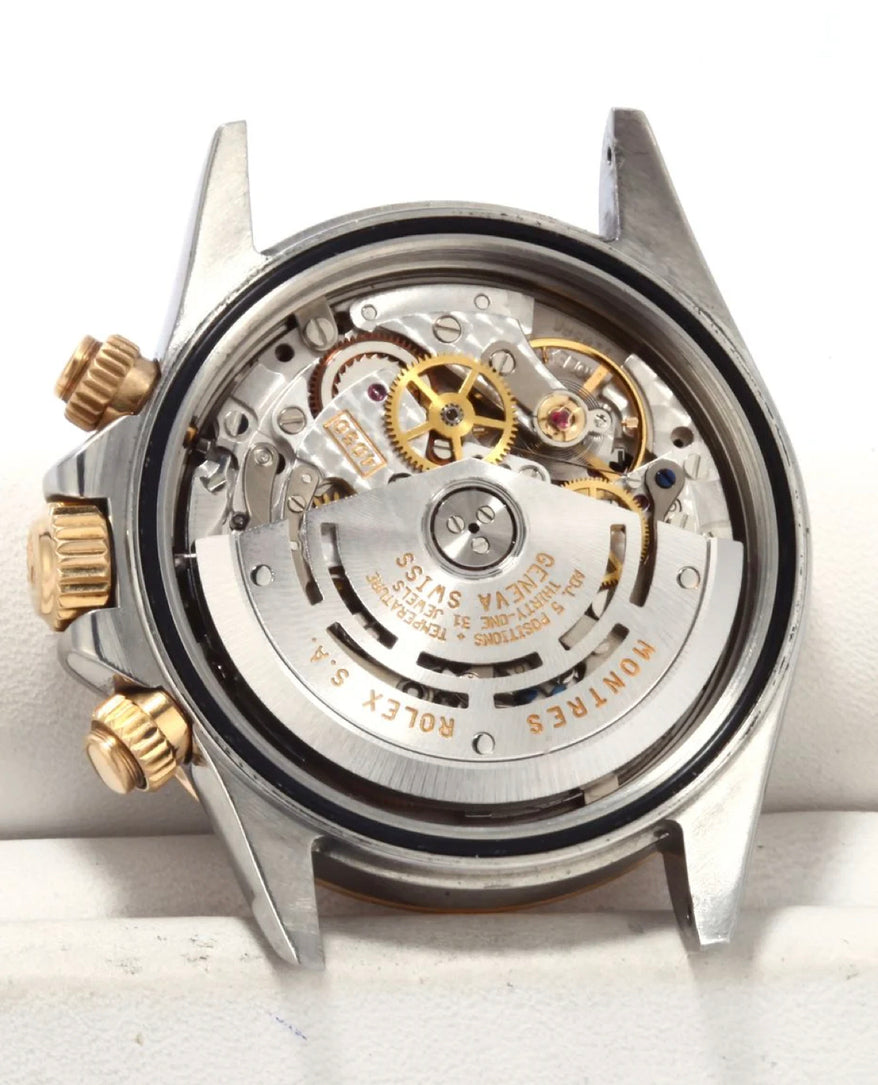
Watch Movements Explained: Quartz, Automatic, and Manual
A luxury watch is more than just a timekeeping device—it’s a masterpiece of engineering and craftsmanship. One of the most important aspects of any watch is its movement, also known as the calibre. The movement is the engine that powers the watch, driving the hands and complications with precision. In this guide, we’ll break down the three main types of watch movements—Quartz, Automatic, and Manual—to help you understand their differences, advantages, and appeal.
Quartz Movement: Precision and Reliability
What is a Quartz Movement? Quartz watches are powered by a battery and a quartz crystal. The battery sends an electrical current through the crystal, causing it to vibrate at a precise frequency of 32,768 times per second. These vibrations regulate the movement of the watch hands with extreme accuracy.
Quartz movements revolutionized the watch industry in the 1970s, offering an alternative to traditional mechanical movements. They are widely used in both luxury and everyday watches due to their reliability and affordability.
Why Choose a Quartz Watch?
- Exceptional Accuracy – Quartz watches are far more precise than mechanical watches, typically deviating only a few seconds per month.
- Low Maintenance – With fewer moving parts, quartz watches require minimal servicing aside from periodic battery changes.
- Affordability – Quartz movements are more cost-effective to produce, making them a popular choice for entry-level luxury watches.
- Durability – Quartz movements are highly resistant to shocks and external elements, making them ideal for sports and adventure watches.
Notable Quartz Watches:
- Omega Seamaster Aqua Terra Quartz
- TAG Heuer Formula 1 Quartz
- Grand Seiko 9F Quartz Collection
- Breitling Colt Quartz
- Longines Conquest V.H.P.
Automatic Movement: The Self-Winding Marvel
What is an Automatic Movement? Automatic watches, also known as self-winding watches, use a mechanical movement that is powered by the motion of the wearer’s wrist. A rotor inside the watch oscillates with movement, winding the mainspring and keeping the watch running.
Automatic movements date back to the 18th century but became widely popular in the 20th century with advancements in watchmaking. They are favoured by enthusiasts who appreciate the craftsmanship behind mechanical timepieces.
Why Choose an Automatic Watch?
- No Battery Required – As long as you wear it regularly, an automatic watch remains powered without needing a battery replacement.
- Smooth Sweeping Seconds Hand – Unlike quartz watches, which “tick” once per second, automatic watches have a continuous, sweeping motion that enhances their elegance.
- Craftsmanship & Prestige – Automatic watches often showcase intricate movements through transparent casebacks, reflecting high levels of watchmaking artistry.
- Investment Potential – Many automatic watches hold or increase in value over time, making them sought-after collectibles.
Considerations:
- Requires regular wearing or winding to stay running.
- Slightly less accurate than quartz, with small deviations per day.
- Can be more expensive to service due to the complexity of the movement.

Notable Automatic Watches:
- Rolex Submariner
- Omega Speedmaster Professional
- Patek Philippe Nautilus
- Audemars Piguet Royal Oak
- IWC Portugieser Automatic
Manual Movement: The Art of Traditional Watchmaking
What is a Manual Movement?
Manual watches, also known as hand-wound watches, require the wearer to wind the mainspring manually by turning the crown. This stored energy gradually releases, powering the movement.
Manual movements represent the purest form of traditional watchmaking and are often chosen by collectors who appreciate the ritual of winding their watch daily.
Why Choose a Manual Watch?
- Traditional Craftsmanship – Manual movements are often considered the purest form of watchmaking, cherished by collectors.
- Slim Case Design – Without a rotor, manual watches tend to be thinner than automatic ones, making them ideal for dress watches.
- Connection with the Watch – Winding a manual watch daily creates a personal ritual that strengthens the bond between the wearer and the timepiece.
- Horological Heritage – Many of the world’s most prestigious watches, including high-complication timepieces, feature manual movements.
Considerations:
- Requires daily or frequent winding to keep running.
- More susceptible to power reserve depletion if not wound regularly.
- Often more delicate and requires careful handling to avoid overwinding.
Notable Manual Watches:
- Jaeger-LeCoultre Reverso
- A. Lange & Söhne 1815
- Patek Philippe Calatrava
- Vacheron Constantin Patrimony
- Zenith Elite Manual
Which Watch Movement is Right for You?
Choosing between quartz, automatic, and manual movements depends on your lifestyle, preferences, and appreciation for horology:
- If you value accuracy and convenience, a quartz watch is ideal.
- If you want a blend of craftsmanship and practicality, an automatic watch is the perfect choice.
- If you appreciate traditional watchmaking and a hands-on experience, a manual watch is a rewarding option.
Additionally, some collectors enjoy owning different types of movements for various occasions—quartz for daily wear, automatic for elegant evenings, and manual for the ultimate appreciation of watchmaking artistry.
At 247 Kettles, we offer a curated selection of luxury watches across all movement types, ensuring that every collector finds their perfect timepiece. Whether you’re drawn to the precision of quartz, the elegance of automatic movements, or the timeless artistry of manual watches, we have something for you.
Explore Our Collection
Browse our latest selection of luxury watches at 247 Kettles and find the perfect timepiece to complement your style and passion for horology. Visit us today to discover exclusive models, expert insights, and unmatched customer service.




